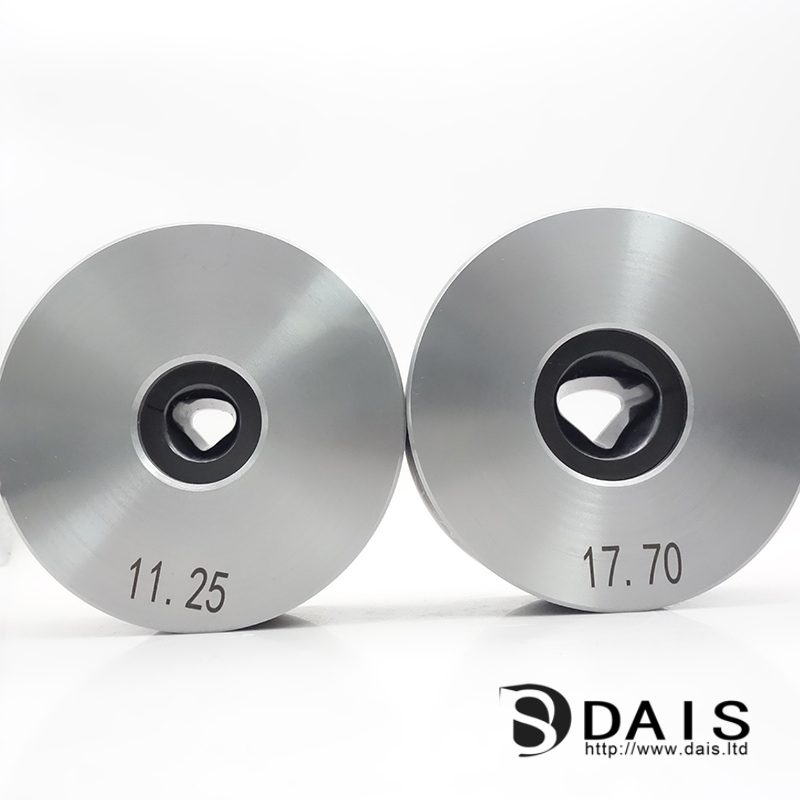Search

ADD:Building 123, Phase 3, Enterprise Base, No. 1 Lianhua Street, High-tech Industrial Development Zone, Zhengzhou, Henan, China
MOB.: +86-15517518512
MOB.: +86-15515520695
E-MAIL: admin@dais.ltd

1. Stretching of the wire
Wire drawing refers to a pressure processing method in which the wire blank undergoes plastic deformation through the die hole under a certain tensile force, so that the section is reduced and the length is increased.
2, the characteristics of stretching
(1) The stretched wire has a more precise size, a smooth surface, and a variety of cross-sectional shapes.
(2) It can stretch wires of large length and various diameters.
(3) Mainly cold processing, simple drawing process, mold and equipment, high production efficiency.
(4) Stretching energy consumption is large, and deformation is limited.
3. The principle of stretching
Wire drawing die
Stretching belongs to the range of pressure processing. In addition to the very few dust generated during the stretching process, the volume changes little, so the volume of the metal before and after the stretching is basically the same.
4. Factors that affect stretching
(1) Copper and aluminum rod (wire) materials. When other conditions are the same, the tensile force of drawing copper wire is larger than drawing aluminum wire, and drawing aluminum wire is easy to break, so a larger safety factor should be used when drawing aluminum wire.
(2) The tensile strength of the material. There are many factors in the tensile strength of the material, such as the chemical composition of the material, the calendering process, etc. The higher the tensile strength, the higher the tensile force.
(3) Deformation degree. The greater the degree of deformation, the longer the length of the deformed section of the die hole, thus increasing the positive pressure of the die hole against the line, the frictional force also increases, and the tensile force also increases.
(4) The coefficient of friction between the wire and the die hole. The greater the coefficient of friction, the greater the tensile force. The coefficient of friction is determined by the finish of the wire and mold material, and the composition and quantity of the lubricating fluid.
(5) The size and shape of the working area and sizing area of the wire die hole. The larger the sizing zone, the greater the tensile force.
(6) The position of the wire mold. Improper placement of the wire mold or skewed mold base will also increase the tensile force. It also makes the wire diameter and surface quality not up to standard.
(7) External factors. The wire is not straight, the jitter of the wire during the pulling process, and the resistance of the wire will increase the stretching force.